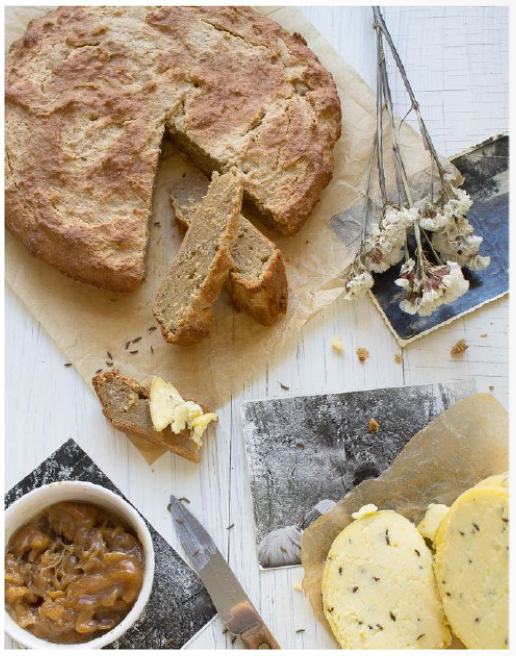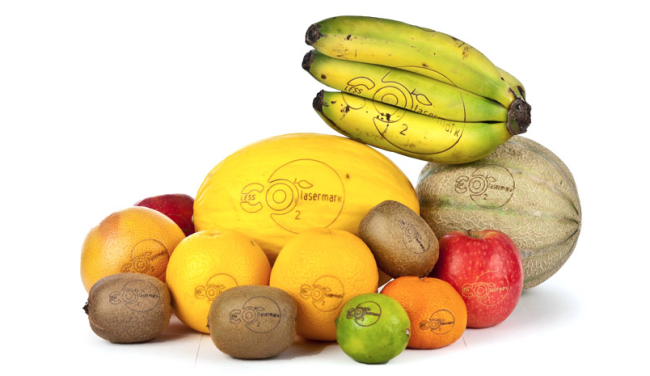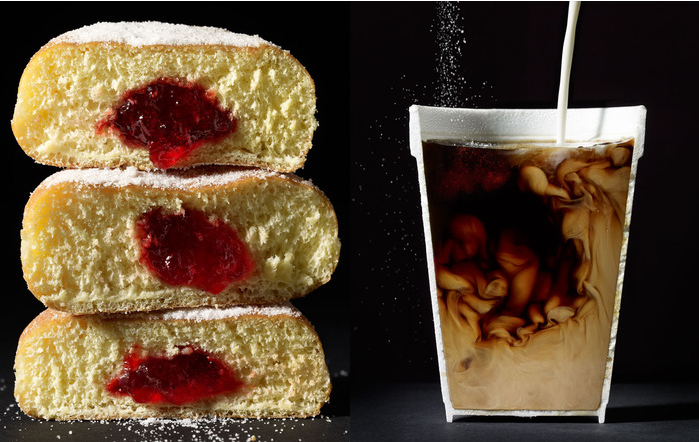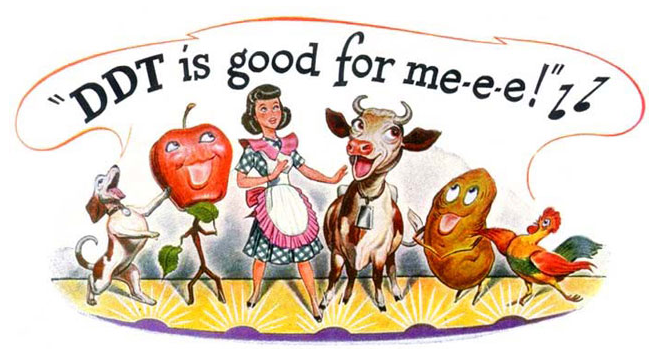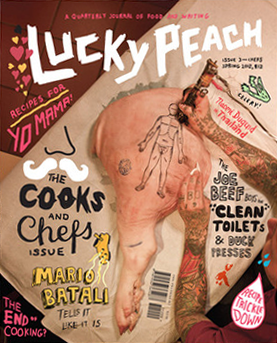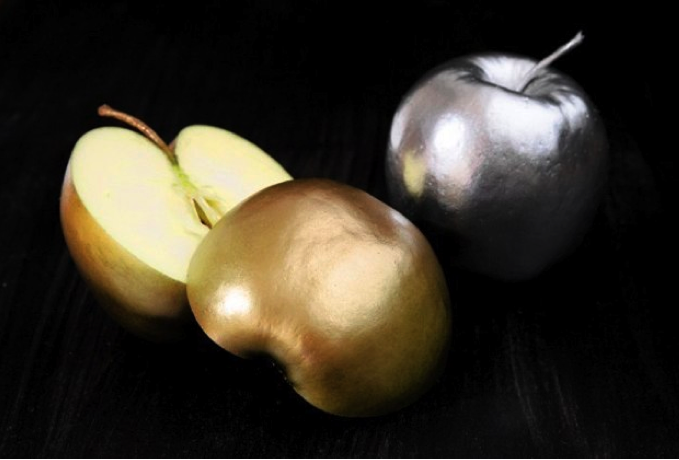our favorite finds from the front lines of food
image via Downeast Magazine
In a central Maine warehouse, the fungus–loving partners of Cap N’ Stem are running Maine’s weirdest farm. And it's pretty cool. (Downeast)
We know about the terrible conditions that farmworkers can be subjected to, but did you know labor and human rights abuses are happening on fishing boats based out of US ports? "For many boat owners, the fishermen are a bargain: Bait and ice can cost more than crew salaries. Some of the men in Hawaii earn less than $5,000 for a full year. By contrast, the average pay for an American deckhand nationwide last year was $28,000, sometimes for jobs that last just a few months, according to government statistics. Experienced American crew members working in Alaska can make up to $80,000 a year." (Star Advertiser)
*By week's end Whole Foods had dropped fish from Hawaii. (Undercurrent)
'Rancher, Farmer, Fisherman': Conservation In America's Heartland A full radio hour on the challenges: the rancher, farmer, fisherman view of conserving our environmental future. (On Point)
Cultural appropriation, again. Why You Should Care About the Bon Appetit Pho Uproar "I think eating a delicious pho that satisfies you is more important than eating an authentic pho....But in addition to the quest for delicious, some other things matter too — like history and culture. Context matters, and sensitivity matters. When you’re talking about (and eating, and making) food, you’re dealing with the lifeblood of people. A lot of times, just giving credit — and if possible, some monetary sharing — to people you learned from is helpful." (Paste)
Cleaning the bay, oyster style: NYC’s newest oyster bed is 50,000 mollusks and 5,000 old public school toilets. (Washington Post)
Why Farm-to-Institution Sourcing is the Sleeping Giant of Local Food The farm-to-institution market holds more power to benefit farmers and fisherman than any other local food market. (Civil Eats)
Making the old new again is always eco: How to refurbish a vintage cast iron skillet (Gear Patrol)






